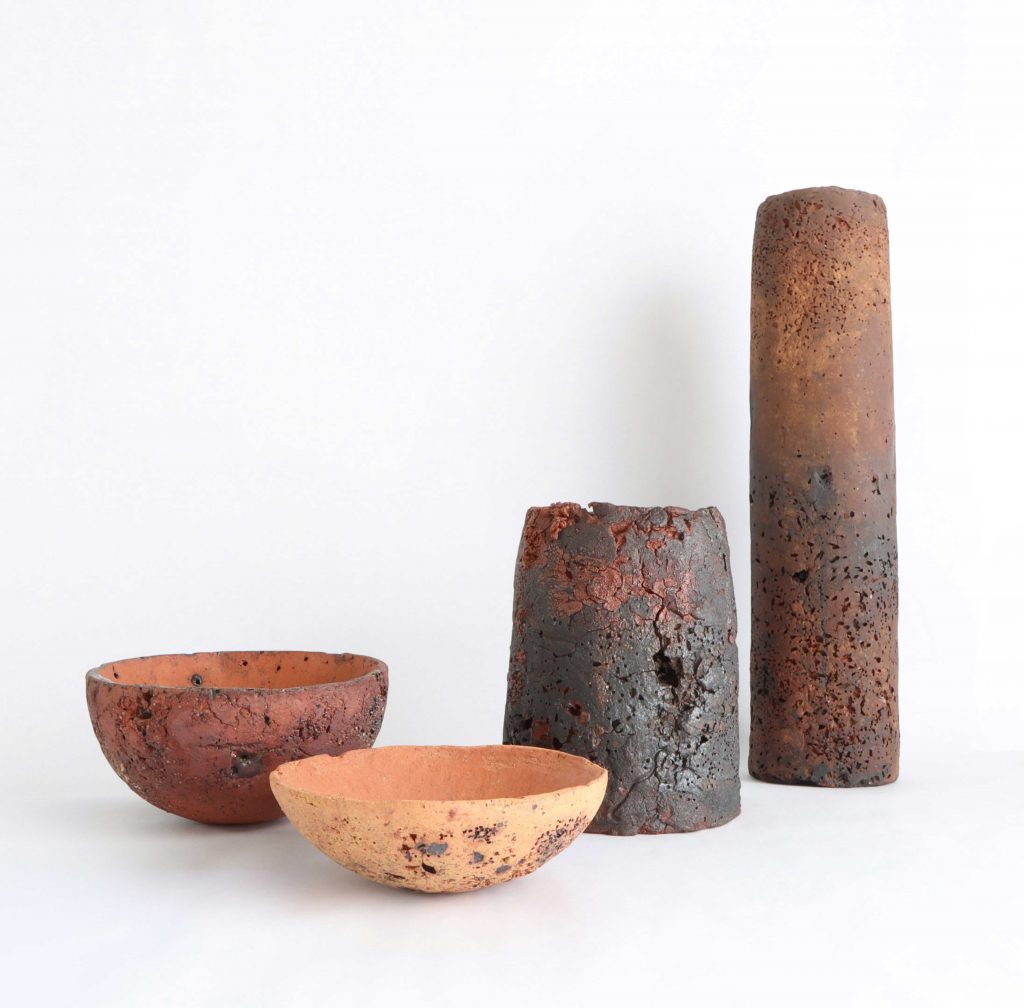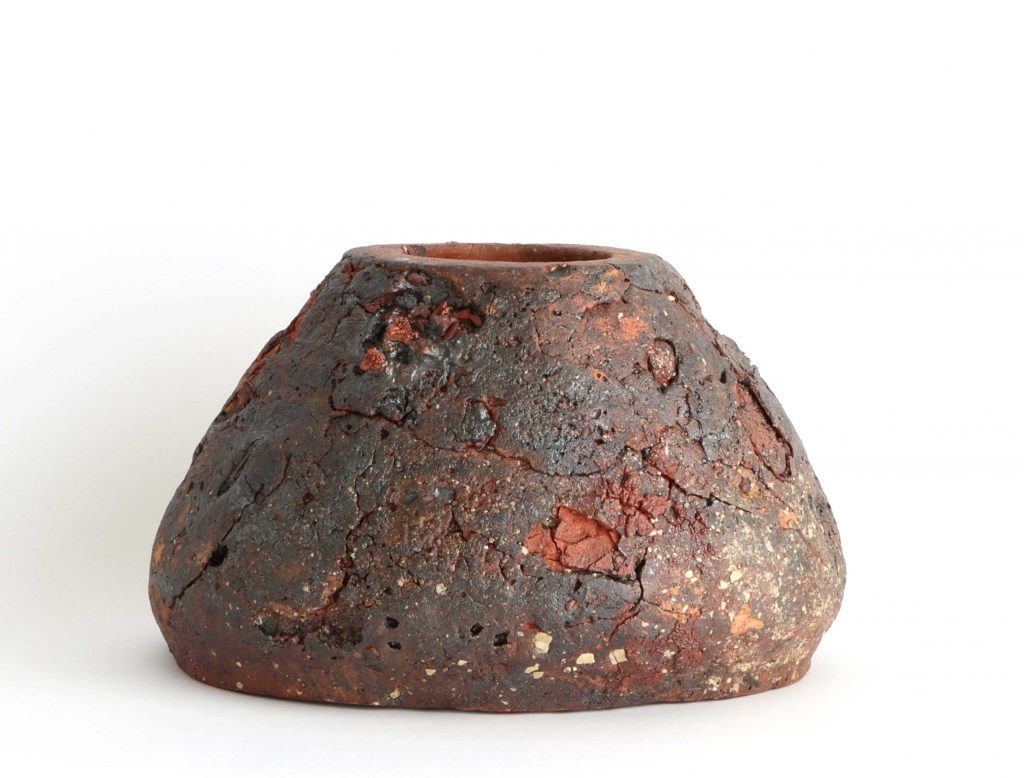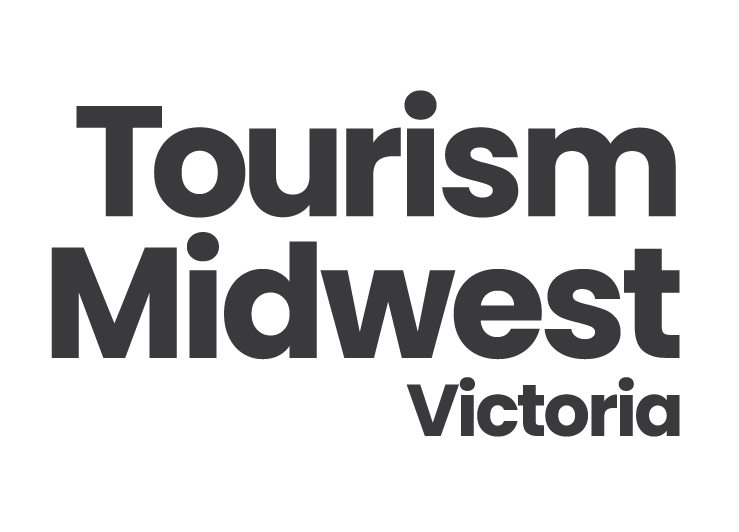Start typing to search
You can also hit “Enter” on your keyboard to submit your query.
0What's on
0Everything Else
Finding solace in wild clay
Visit Ballarat
16 Feb 2021
Filed underMakers & Growers
When Cassy McArthur opened a typical bag of clay, she knew something was missing.
It wasn’t until she picked up a handful of clay from her farm that she realised this was the type of clay that encapsulated everything she was looking for.
There’s nothing consistent or commercial about Cassy’s work, and that’s exactly why we (and so many others) like it.

What drew you to ceramics?
I have to say, it took a while to settle on ceramics as my preferred medium. I have always been creative, exploring a range of art disciplines throughout my schooling and life. Included in the arts courses I took at school was year nine ceramics, but it didn’t grab me at the time. Twenty‐seven years passed before I explored ceramics again, at which time I was undertaking my Bachelor of Visual Arts degree. After a period of intensive research, I found that the ceramic art discipline offered me the opportunity to utilise all the formal elements of art I desired, as well as provided the technical challenge, scientific stimulation and connection I needed.
How has Ballarat inspired your work?
Connection to place and engagement with my surrounds has a huge impact on my work. Having spent most of my life connected to Ballarat, it is natural for me to engage with it on a personal and artistic level.
The geological landscape of Ballarat and it surrounds provides materials for my work and a constant source of inspiration.
You work with raw clay and materials you collect; what inspired this direction?
During my visual arts degree, I sustained a keen interest in installation, materiality and surface/light and found myself exploring these elements through various materials prior to settling on porcelain for a period. It didn’t take long, however, to feel something was missing.
It seemed the commercial bag of clay I was opening didn’t have enough of me in it – I wasn’t involved in its development, I had no connection to its origins and significantly, it wasn’t going to sustain my curiosity.
During this period, I was home on the farm one weekend and walked over to the dam, scooped up some clay and mused, “I wonder what this will do”. I took it to uni, began some tests and to this point never looked back. I had found the thing that encapsulated everything I needed from an art practice and, although this sounds corny, at the time it felt like coming home.
How would you describe the difference between the clay you often find ceramicists working with and wild clay?
Commonly, ceramicists work with commercial clays. To ensure consistency of clay behaviour, commercial clays are created using a prescribed formula. Due to the consistency of behaviour, ceramicists can be fairly confident that each bag they open will provide them with a consistent result during their creation process. There is also a plethora of technical information available to ceramicists about a chosen commercial clay.
Clays collected and used directly from the ground vary greatly in their chemical, oxide and mineral make‐up. With such variations, the characteristics and behaviour of the clay can be quite diverse and irregular. A great deal of experimentation goes into working with each selection of foraged clay to understand its material behaviour when tested under different circumstances.
For me, collection, processing (where desired) and experimentation are a core part of my practice and take considerable time. As such, the quantity of completed available works is more limited than if I was working with commercial clay.

How do you find the right clay, is it as simple as digging some up from your backyard?
Personally, it’s not really a matter of finding ‘the right clay’, it’s about coming across materials I find interesting or that I connect with. I don’t think any of my clays fit the traditional notion of what constitutes an ideal clay for creating ceramics. I am interested in the characteristics of the clay or materials I collect.
Ultimately, I work out how best to utilise these characteristics to connect with the conceptual foundation of my work.
What do you hope to evoke in those who view your work?
By translating nuances of the geological landscape into works designed to sit within the lived interior, I aim to form a bridge of connectedness between the human lived experience and the natural world.
Concerned about the disparity between our human lived experience and the natural environment, I look to subtle invention to stimulate a connection between the viewer and the natural world. I aim for my work to sit quietly evoking contemplation, as one may experience when immersed in the natural world.
What does Ballarat as a UNESCO Creative City of Craft and Folk Art mean to you?
To me, Ballarat has held a long‐standing historic identity, and in recent years we have begun to see a shift from the stories we were told in school to a new understanding that includes the voice of the Wadawurrung and First Nations people, as well as other community groups. Through the creative arts, I believe we are experiencing a positive shift towards a more contemporary identity which hopefully encompasses a broader viewpoint.
When I consider Ballarat as a UNESCO Creative City, I ponder this beyond the crafts and folk art category to creativity, art and artisans in a broader sense. Work within the arts sector maintains a connection to our environment, humanity, history, experience, beauty of skill and material, place and self. Whether you are the artist, creator, storyteller, viewer or listener, through the avenue of creativity and the arts, people can engage, learn, share and grow.
Ballarat as a UNESCO Creative City has the means to reach both local people and those further afield in an engaging and progressive way.
I think it is incredibly important that we recognise and celebrate all peoples of our region and the cultural diversity within Ballarat through all manner of creative streams.
By sharing our stories, history and celebrating our diversity through the arts, we can work towards understanding, empathy, compassion and engagement.
I believe it is important to consider our historic past in its complete fullness, recognising the history of all peoples, whilst working towards an identity of inclusion as a contemporary creative city.
For those interested in ceramics, what piece of advice do you have for them?
For anyone interested in trying their hand at ceramics, a great place to start is to join a beginner’s hand‐building or wheel workshop, depending on your preference. This way you can gain some basic experience to see if it is something you are interested in pursuing.
Ceramics is experiencing a kind of renaissance globally, and there is a great deal of information on artists, exhibitions and ceramics online. Spend time researching to find artists and the style of work you are interested in.
The ceramics discipline is incredibly diverse and fascinating, utilising areas of art, design and science. Depending how deep you go, it can be incredibly technically challenging, requiring traits of resilience and a desire to learn. If you have a desire to learn and grow through an artistic pathway, I believe ceramics will give you a life of creative fulfilment.
What does your next 12 months look like?
A lot of collecting and making. I also need to build some equipment to help with the processing of materials to make life a little easier.
In 2020 my attention had been significantly international due to exciting opportunities that were presented to me. I would like to continue with international exposure as well as look within Australia and locally for appropriate opportunities.
And to wrap up, what’s Ballarat best kept secret?
Ballarat gets a bit of a hard wrap about its cold weather (and I’m one to dish it out), but with family currently living in another part of the country that exists within a weather monotony of each day is pretty much the same as the last, I’ve gained a new appreciation for Ballarat’s somewhat extreme seasonal changes.
There is nothing sweeter than the experience of feeling new warmth in the outside air. So, when I am in Ballarat I make sure I head out for a walk to my favourite cafe, the Arch View Cafe next to the Arch of Victory, where there is always great food and a warm and friendly welcome.
Learn more about Cassy by visiting her website cassymcarthur.com
